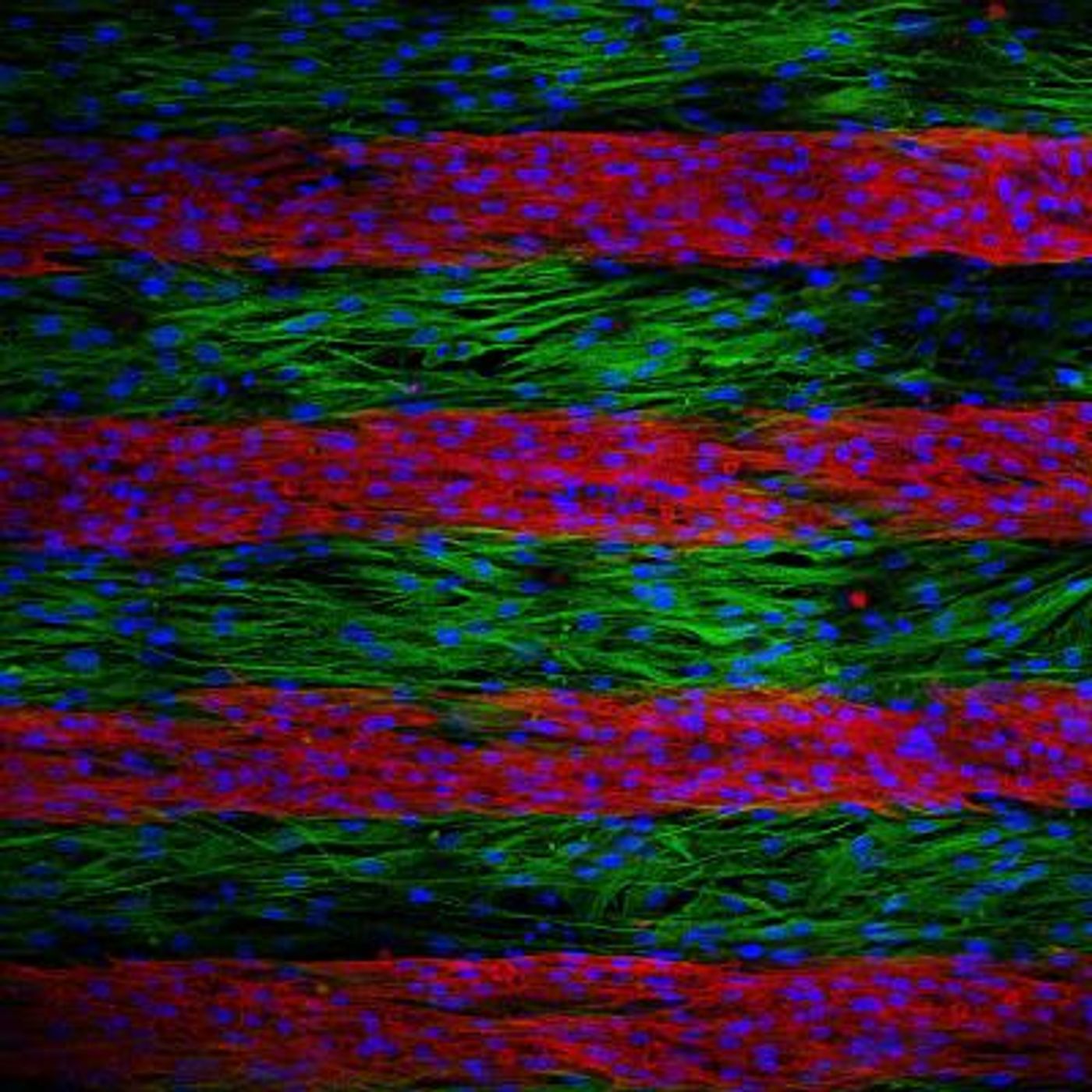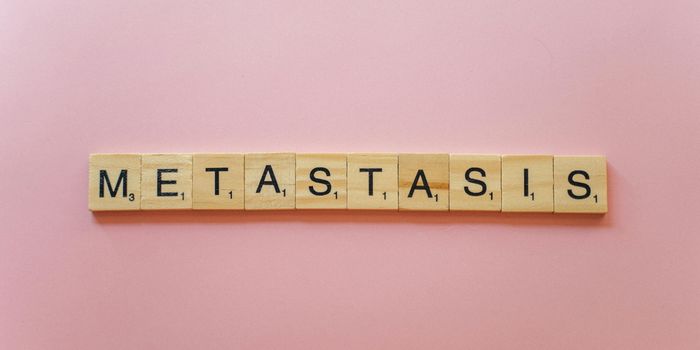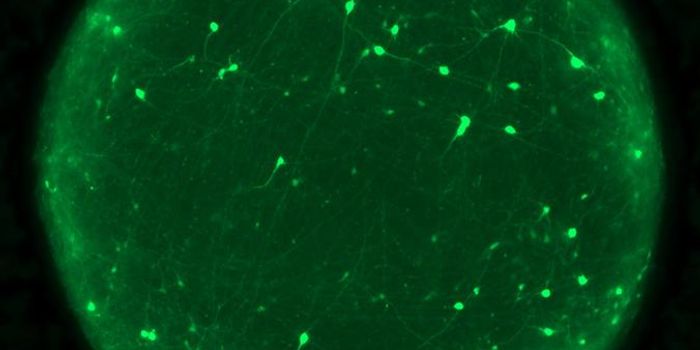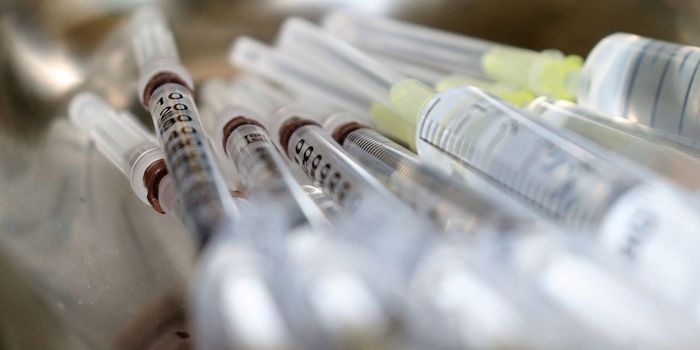New research from investigators at Duke University could have implications for the treatment of cardiac arrhythmia, scarred heart and nervous tissues as well as genetic diseases that result from conductivity problems in humans. Genes that encode for ion channels in bacteria can be utilized and altered in simple ways to provide human cells with the creation or enhancement of electrical signaling, an essential part of life’s most fundamental processes.
Neural signals travel through the body as electricity, created by channels that control the flow of ions across membranes. Genes that control sodium ion channels are extremely large. Their size impedes their direct delivery into cells via virus, a standard procedure used in many current gene therapy techniques.
Publishing their results in Nature Communications, the researchers maneuvered around that barrier by engineering ion channels from bacterial genes, which are smaller. Cells that do not usually generate electrical signals became active after the receipt of the engineered channels. Additionally, cells that already had that ability created a stronger signal after getting the channels.
"In current medical practice, there is nothing that can be done to stably augment the electrical excitability of cells in the heart or brain," said the senior author of the work, Nenad Bursac, a Professor of Biomedical Engineering at Duke. "There are no drugs that can efficiently do it, and any mammalian genes that might help are too large for gene therapy applications. Our technique, however, uses much smaller bacterial ion channels that proved successful in human cells in the laboratory. We're currently testing this in live animals."
Because of evolutionary conservation, when organisms along the evolutionary tree share common features that are important, there are many similarities between the human and bacterial sodium ion channels. In this work, a doctoral student in Bursac's lab, Hung Nguyen, created mutations in the bacterial genes that allow the channels to be active in human cells.
In one of their experiments, cultured cells were arranged in parallel lines that alternated between cells that were and were not electrically active. After being stimulated at one end, electrical signal traversed the lines really slowly. Three genes were then delivered to the inactive cells - one bacterial gene encoding for the sodium ion channel, along with a gene for a potassium channel and a gene for connexin-43, which is a protein that aids in moving electrical signals between cells. After being delivered to cells taken from the skin, heart and brain, that are not excitable, this trio of genes made the cells electrically active, and sped up the signals as they ran across the lines.
In the video above, the red line indicates electrical signals passing from cell to cell in a straight line. At left shows the signals in untreated, electrically inactive cells are slow. At right, the speed that is gained by treating the cells with a trio of bacterial genes can be seen.
"You could imagine using this to alter electrically dead cardiac scar tissue after a heart attack to bridge gaps between healthy cells," commented Nguyen, who noted that the three genes are all small enough for simultaneously delivery by one virus.
Demonstrated in the video above, the scientists also showed that the bacterial sodium channel gene was enough enhance the excitability of electrically cells on its own. In another experiment, the sodium channel gene was put in cardiomyocytes, heart cells with electrical activity, in conditions that mimicked diseases or stressful situations like a heart attack.
"In those pathological conditions, these cells become electrically silent," explained Bursac. "But when we add the bacterial channel, we can keep them conducting electrical signals under more severe conditions."
Nguyen added that this work contributes to an increasing amount of research that seeks to utilize basic organisms for the benefit of human health. “There's a large pool of bacterial species whose sodium channels might have slightly different electrical characteristics to draw from," said Nguyen. "These channels can be also modified to pass calcium ions. We're developing a framework for others to begin exploring these opportunities."
"I think this work is really exciting," Bursac said. "We're basically borrowing from bacteria to eventually help humans suffering from heart or brain diseases."
If you would like to know more about ion channels and electrical conductivity in the human body, check out the video below.
Sources:
AAAS/Eurekalert! via
Duke University,
Nature Communications


















































